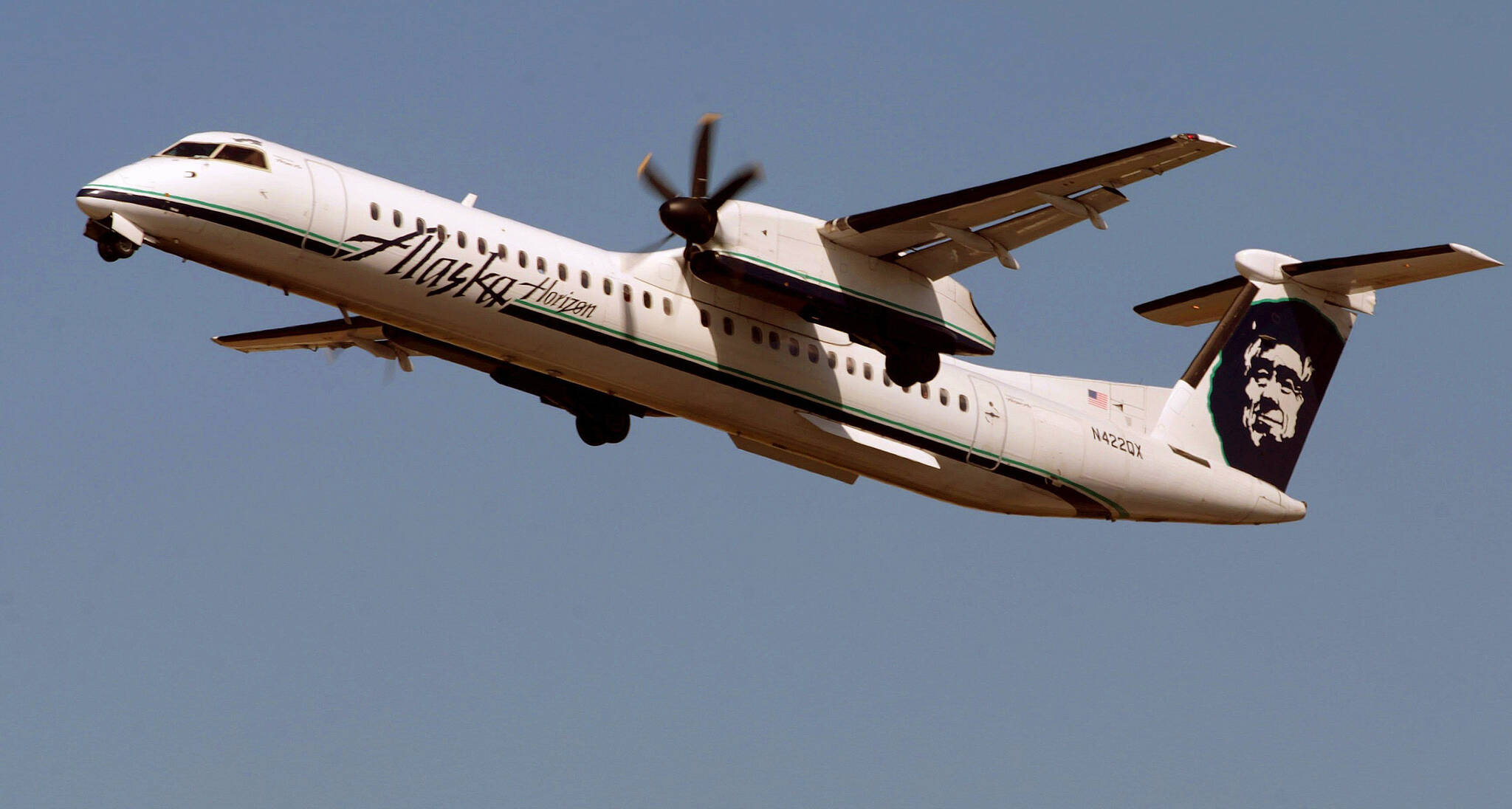WALLA WALLA — The future of air travel at the Walla Walla Regional Airport is going to get faster.
Alaska Air Group, parent company of Alaska Airlines, announced last week it plans to transition from turboprop planes to full-jet aircraft for its Horizon Air services sometime in 2023.
The Embraer 175 jet aircraft will be the newest addition to the airport, replacing the turboprop Bombardier Q-400, which has served passengers for many years and is considered a good work horse aircraft for regional flights.
The Port of Walla Walla is preparing now for the switch, with a facilities remodel to accommodate the new planes.
The Q-400 has been in operation at the Walla Walla airport since 2008. The E-175 will have the same 76-passenger capacity as the Q-400 but with added cabins including 12 for first-class riders, 12 premium-class seats and 52 economy seats.
It will also offer Wi-Fi and inflight streaming of movies and television shows.
The new jets will be faster, 20,000 pounds heavier and will continue to serve the same flight destinations as the Q-400 as a regional carrier.
The E-175 is produced by the Brazilian aerospace manufacturer Embraer and started commercial flights in 2005.
Designed for short to mid-range flights, the E-175 has a cruising speed of 495 mph with a flight range of 1,800 miles. It can climb to 41,000 feet and is 104 feet in length with a 94-foot wingspan.
By comparison, the Q-400 has a shorter range of 1,114 miles, a lower cruising altitude of 25,000 feet and a cruising speed of 400 mph, almost 100 mph slower than the E-175.
The E-175 will get passengers to and from their destinations faster and more efficiently, the company said. Part of that efficiency comes from the wingtip design that improves fuel economy and reduces carbon emissions by over 6%, Alaska Air has stated.
The aircraft fleet change to the Embraer 175 is part of the airport’s larger master plan, according to a statement from the Port of Walla Walla.
Airport Manager Jennifer Skoglund says the master plan has been preparing the airport to accommodate this type of aircraft, and they will be remodeling the facilities and making infrastructure improvements before the switch.
“We have been upgrading our pavement and runways to meet current (Federal Aviation Administration) standards,” Skoglund said. “We have positioned ourselves to accommodate larger aircraft so the transition will be seamless.”
One element of the master plan will be remodeling the terminal area and enlarging the holding area where passengers wait for boarding. Offices will also be remodeled.
Some areas in the terminal will be expanded and will have glass walls to better accommodate Transportation Security Administration. More room will also be needed for large screening tools used by TSA to check passengers.
“This is part of the standards the FAA has set for every airport, not just ours,” Skoglund said. “The new design will help with better social distancing, expand a larger seating and waiting area and keep us in compliance with the FAA.”
The standards set by the federal agency are designed to help slow the spread of COVID-19, among other concerns.
The terminal remodel project cost is estimated at $4 million, with nearly half of those funds coming from federal coronavirus aid.
Skoglund estimates that the remodeling could be completed by the end of 2022, but most likely will be into early 2023 if not longer.
The time frame for the transition from the Q-400 to the E-175 is not set, but Skoglund thinks a mid- to late-2023 launch is possible.
“We are moving forward on the engineering design process for the terminal,” she said. “It is still in the very beginning stages, so there is not a lot of information yet. We are just getting going on it.”
When asked about the revolving door entrance into the terminal, Skoglund said she is certain it will be upgraded too.
“The revolving door will most likely be removed.”


